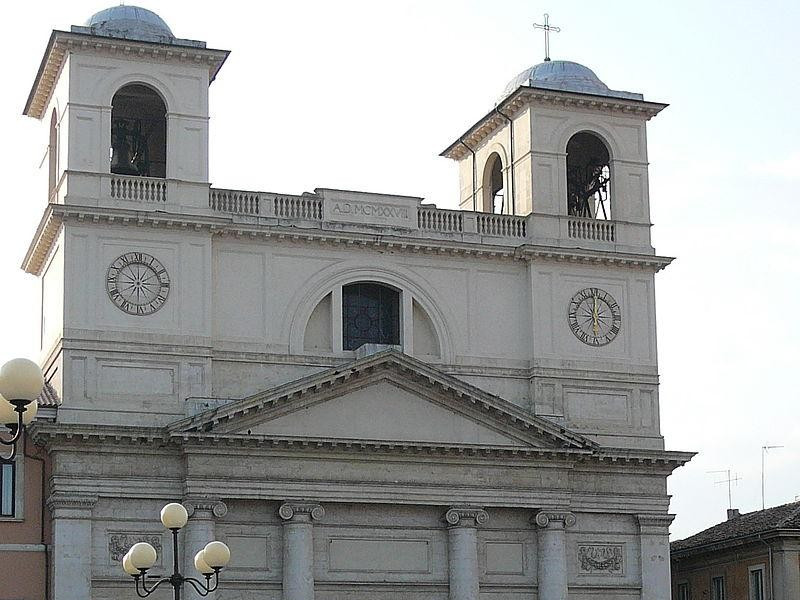Cattedrale dei Santi Massimo e Giorgio (Duomo dell'Aquila)
It is the main place of worship of the city. Built in the thirteenth century, it was destroyed by the earthquake of 1703 to be restored later in the nineteenth and twentieth centuries. Severely damaged by the earthquake of 2009, it is currently unusable. The building up of the Church is linked to the events of the founding of the city; it was rebuilt after the earthquake of 1315, the first in the history of L'Aquila, with the addition of a coating of blocks of stone. The thirteenth plant had three naves with apse and transept, remained unchanged until the fall of 1703. Between 1461 and 1480, the Church was deeply restored with the construction of the staircase on the Square, the side chapels and, above all, the Tomb of Cardinal Amico Agnifili, by Sylvester Aquila. Date back to the sixteenth century, the raising of the bell tower by Girolamo Pico Fonticulano, and the raising of the roof. After 1703, the Cathedral remains only the original north side. In 1851 it was decided to rebuild the main front in the Neoclassical style, designed by Giambattista Benedetti. 1928 is to be the top, with the addition of two bell towers, the tripartite by pilasters and portal copper. The coating is in cement plaster. The interior, in Baroque style, is large and bright, with a Latin cross in the central nave. Among the paintings is reminiscent of the "Dispute of Jesus Among the Doctors" (XV-XVI century), by Francesco da Montereale, the "Presentation of Mary in the Temple", by Baccio Ciarpi, and the "St. Carl among the lepers" (1888) by Teofilo Patini. On the high altar there is the "Madonna with Saints Maximus and George" by Girolamo Cenatiempo.


